Archaeologists have long debated the exact reasons for the deaths of the residents of Pompeii during the eruption of Vesuvius in 79 AD. A new study published in the journal Frontiers in Earth Science considers the impact of earthquakes that occurred immediately before and during the volcano's eruption.
The most interesting discovery was the finding of two skeletons of people who likely died as a result of the collapse of their shelter. The earthquakes weakened the building walls, leading to the tragedy.
The eruption of Vesuvius released thermal energy equivalent to approximately 100,000 atomic bombs dropped on Hiroshima and Nagasaki. The scorching debris of rocks, pumice, and hot ash covered the cities of Pompeii and Herculaneum.
Previously, it was believed that most victims died from suffocation due to toxic gases and ash. However, a study in 2001 estimated the temperature of the pyroclastic flow The pyroclastic flow is a hot mixture of gases, ash, lava fragments, and rocks ejected by a volcano and moving down slopes at high speed. at 500°C, which could have caused instant death.
The pyroclastic flow is a hot mixture of gases, ash, lava fragments, and rocks ejected by a volcano and moving down slopes at high speed. at 500°C, which could have caused instant death.
Further research found evidence of extreme heating of the victims' bodies, including bone fragmentation and "cracking and explosions" of skulls. In 2020, evidence was found of brain matter turning into glass due to extremely high temperatures.
A new study conducted by volcanologist Domenico Sparice from the Italian National Institute of Geophysics and Volcanology and his colleagues focuses on seismic activity in the region. Historical sources mention earthquakes decades before the eruption of 79 AD. In particular, the earthquakes in the years 62–63 caused significant damage to the buildings in Pompeii.
Pliny the Younger wrote about seismic shocks in the days leading up to the eruption, as well as strong aftershocks during the catastrophe. He noted that the earthquakes were so intense that "everything seemed not just shaken, but overturned."
Archaeologists made an important discovery in the Insula dei Casti Amanti. They found two male skeletons with injuries typical of building collapse. The excavations revealed two adjacent rooms with signs of wall destruction.
Both skeletons belonged to men about 50 years old. Their positioning indicates sudden death under the rubble of collapsed walls. Scientists speculate that these men survived the initial phase of the eruption and found temporary shelter but perished due to the collapse of walls weakened by seismic activity.
“We have demonstrated that seismicity during the eruption played a significant role in the destruction of Pompeii and may have influenced the choices of the Pompeiians who faced inevitable death,” concluded Domenico Sparice.
Also, we reported that three years ago, a research team from the University of Pisa began a project to decipher the Herculaneum scrolls using the new "bionic eye" technology. Mount Vesuvius destroyed 1800 scrolls in Herculaneum during the eruption. These scrolls, discovered in the 18th century, had long remained unreadable due to their poor preservation. The new methodology offers hope for unraveling ancient secrets.
Source: Arstechnica






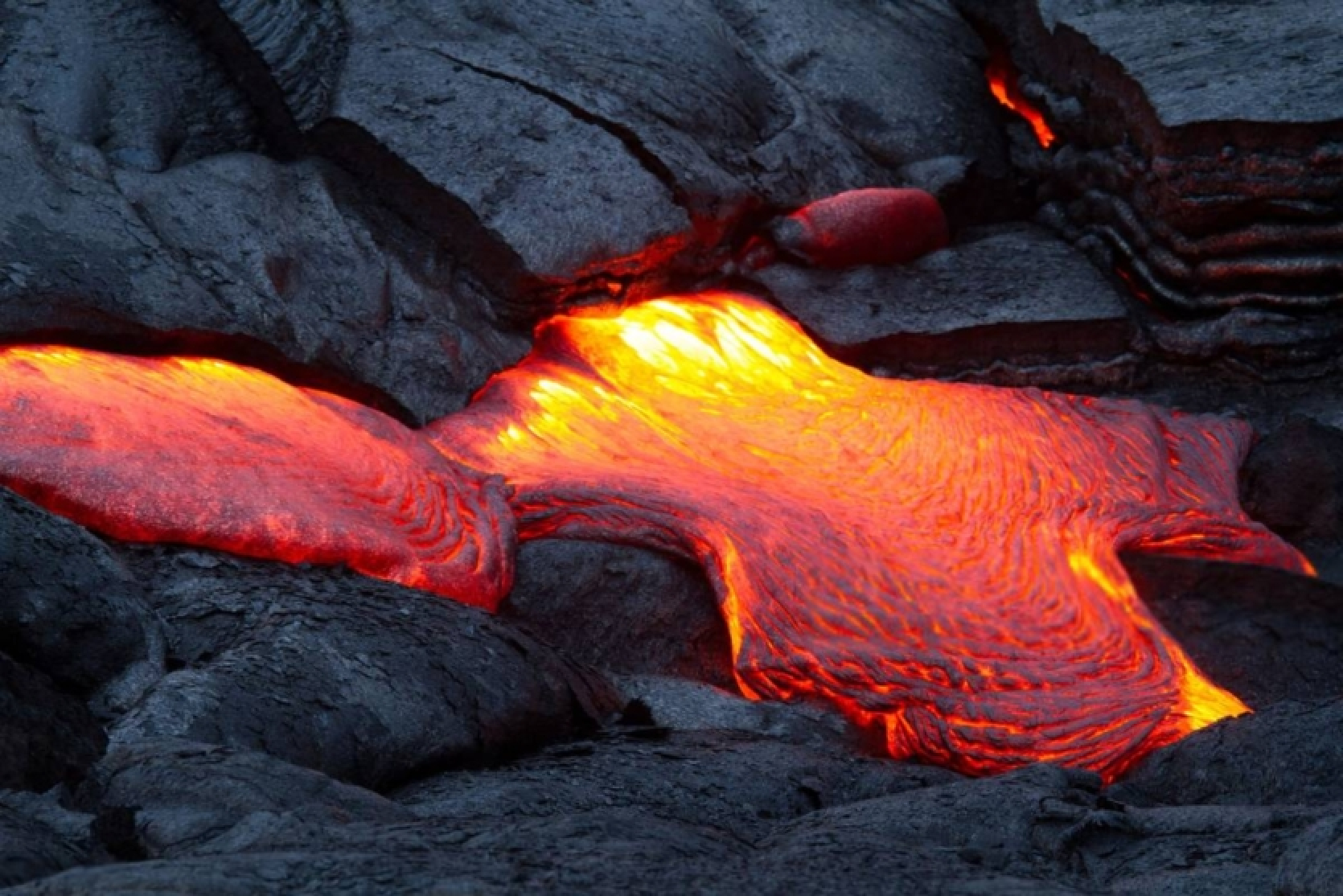


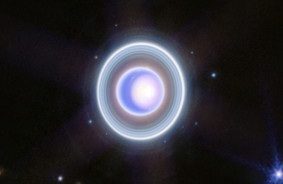
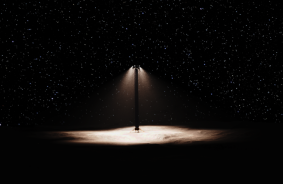
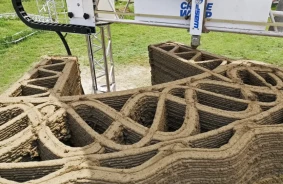
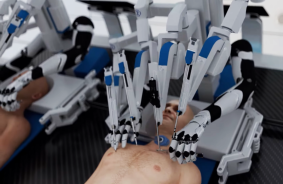
Comments (0)
There are no comments for now